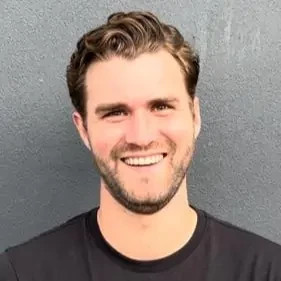Dear PrepLounge Team,
This was an interesting case, however I was not sure if the framework provided here is MECE enough. The framework consists of feasibility, target company and financials (synergies).
1. I find the bucket feasibility a little confusing, since market attractiveness and market competition do not seem to demonstrate if the deal is feasible.
2. There is neither a bucket on the client company nor on the strategic fit.
Therefore, my questions are:
1. I assume then this problem solving structure is either not complete, or it is not a framework for the case?
2. What would then be the most suitable structure for this case? I would suggest:
- Target company in the market (meaning both OnBoard and the market. Or this bucket is too huge?)
- Client company (product, supplier, customer, feasibility of the deal)
- financial synergies (client|s profit from the deal, ROI)
- strategic fit (new opportunities, operations…)
- Recommendation yes or no + risks.
I am not very sure though about the framework, since every time in an M&A-related case I want to pack everything and examine every issue…
What do you think of the framework I proposed?
Best,
Tian











firstly, cool name. Many thanks for providing your perspective. I did not take your critique personally and was able to take some time to think about it.
These points were helpful for me:
- the tendency to memorize the framework without much customization, or similarly put, no disambiguation or issue prioritization.
That is true: I am struggling to grab everything and feel highly insecure when I haven't included all aspects suggested by a standard framework - I ask myself what if the key metrics/info I need for the decision of investment (Y or N) are/is left unnoticed. This might be my "mindset" of approaching a problem. This might account the most for my effort to "boil the ocean", and the only difference is that I deem every water vapor relevant, or potentially relevant...
I have been trying to reverse this tendency but admittedly it has not been very successful. If you have further recommendations on how one can overcome this ocean-boiling mindset, I would be happy to know more.
2. Hypothesis-driven problem-solving structure.
That is also true: I do not feel very comfortable yet coming up with a hypothesis in the beginning until I get all the information, even if I am cognitively aware of the effectiveness of this mindset. It might partly result from my academic background - conducting qualitative research does not necessarily need to set a hypothesis upfront (or that is not always possible esp. for exploratory studies), and that is what I have done for my Master's.
3. Recommendation as a bucket
Yes, and you are right: Recommendations themselves are derived from the hypothesis proven in the steps (buckets) before and do not disambiguate the problem further.
My remarks on the failing communication:
At first, it was indeed my only question to ask if the structure is MECE enough, as I was not sure about some buckets in the answer, esp. if they really cover everything that needs to be considered in that respective area.
Then I thought it might help to see why I find it not MECE enough: Because I have a different approach. Therefore I posted my own approach so people can understand the why and potentially express their views on my own approach (of course and its possible flaws). But I did not have enough time to change the title of my post since I was in a hurry heading out...
Plus, as you realized later, the case link is attached somewhere automatically in my post.
Best,
Tian